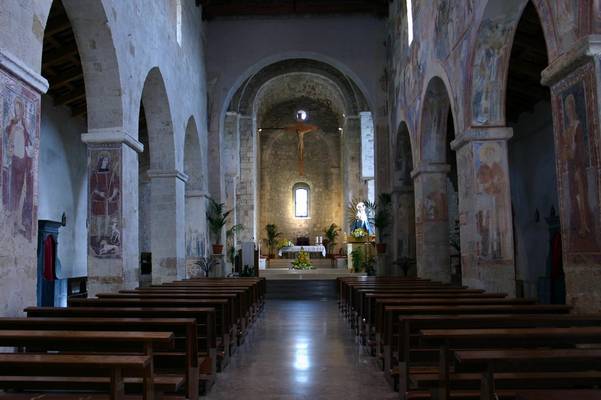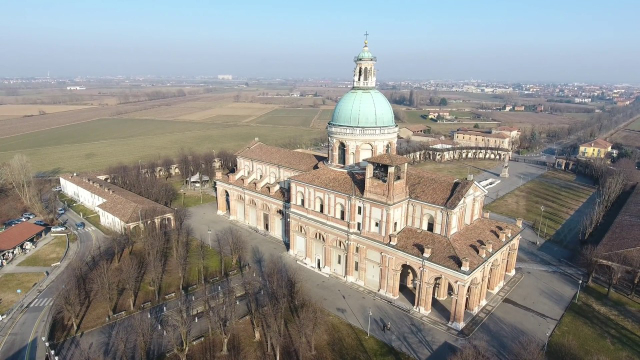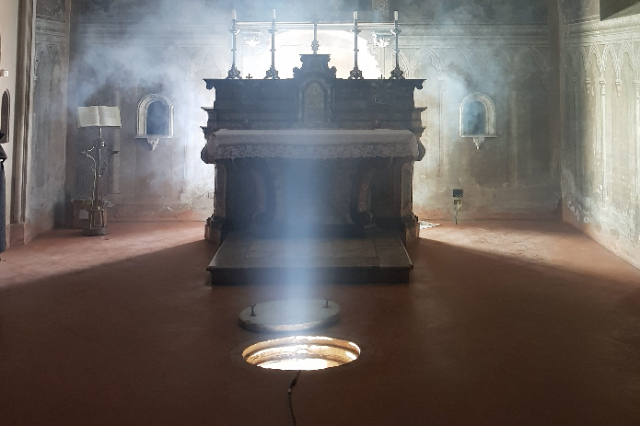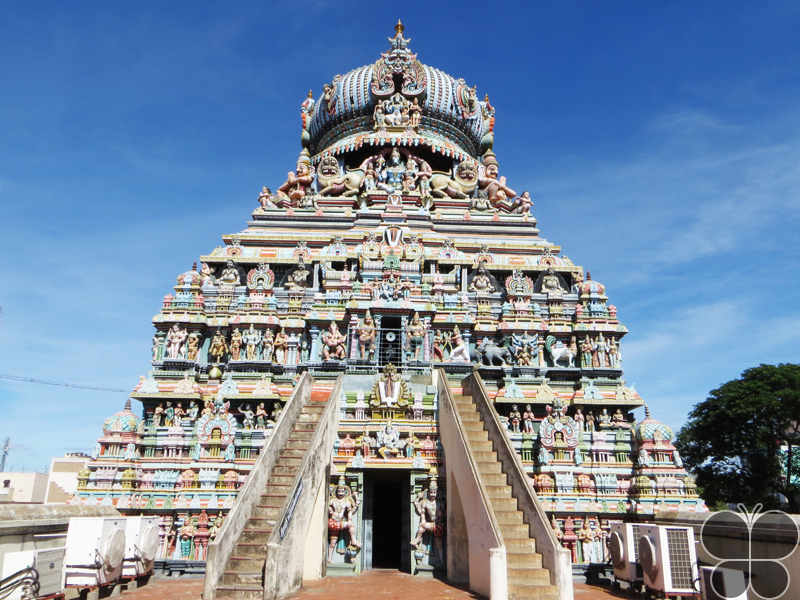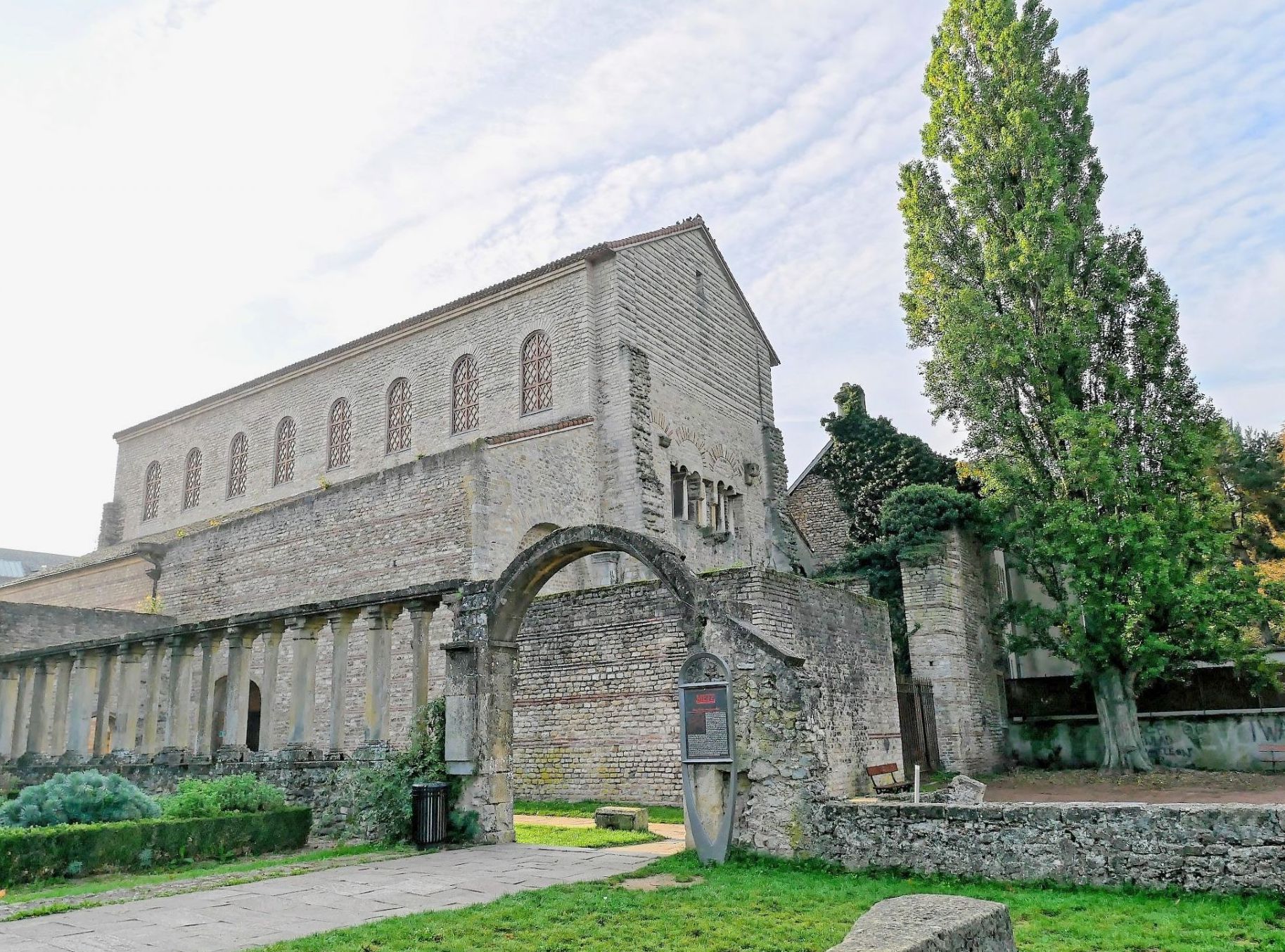The Anglona hill appears to have been the site of settlements since the Bronze and Iron Ages; the site is also identified with the Greek city of Pandosia, reported on the Tables of Heraclea. The name Pandosia alludes to the fertility of the area, which, together with the strategic location of the site with respect to the ancient road network, allowed considerable development of the settlement, especially in the Hellenistic period (4th – 3rd century B.C.).
A new center arose on the ancient settlement in the Middle Ages, of which only the church of St. Mary of Anglona remains today. The church certainly existed in 1092, and some structures in fact date back to the 11th century, although the present appearance is greatly affected by changes made over the centuries: between the 12th and 13th centuries date the surviving frescoes on the walls of the church; attributable to the first half of the 13th century is the transformation of the apsidal area and the decorative dress of the exterior; the left wing of the church, the apse, and the paintings of saints on the pillars of the nave date from the 15th century.
In the 14th century the destruction of the city of Anglona occurred, and even the cathedral, though spared, gradually lost its prestige. In 1931 the church was declared a national monument, but it was not until the 1960s that the first restorations of the architectural complex and the frescoes in it began.
The interior is divided into three naves by two sober colonnades supporting pointed arches and ogival arches and features a deep chancel ending in an apse. It is the most distinguished religious monument in the area and one of the most splendid churches in Basilicata. Particularly remarkable is the complex of frescoes, which are included among the most important artistic manifestations of the Lucanian Middle Ages. Of the religious complex, in addition to the cycle of frescoes, the quadrangular bell tower with double-columned mullioned windows, the semicircular apse with hanging arches and the magnificent portal from the late 11th century, surmounted by figures of human faces, the symbols of the four evangelists with the Lamb in the center and, at the sides, the figures of Saints Peter and Paul, are worth mentioning.
